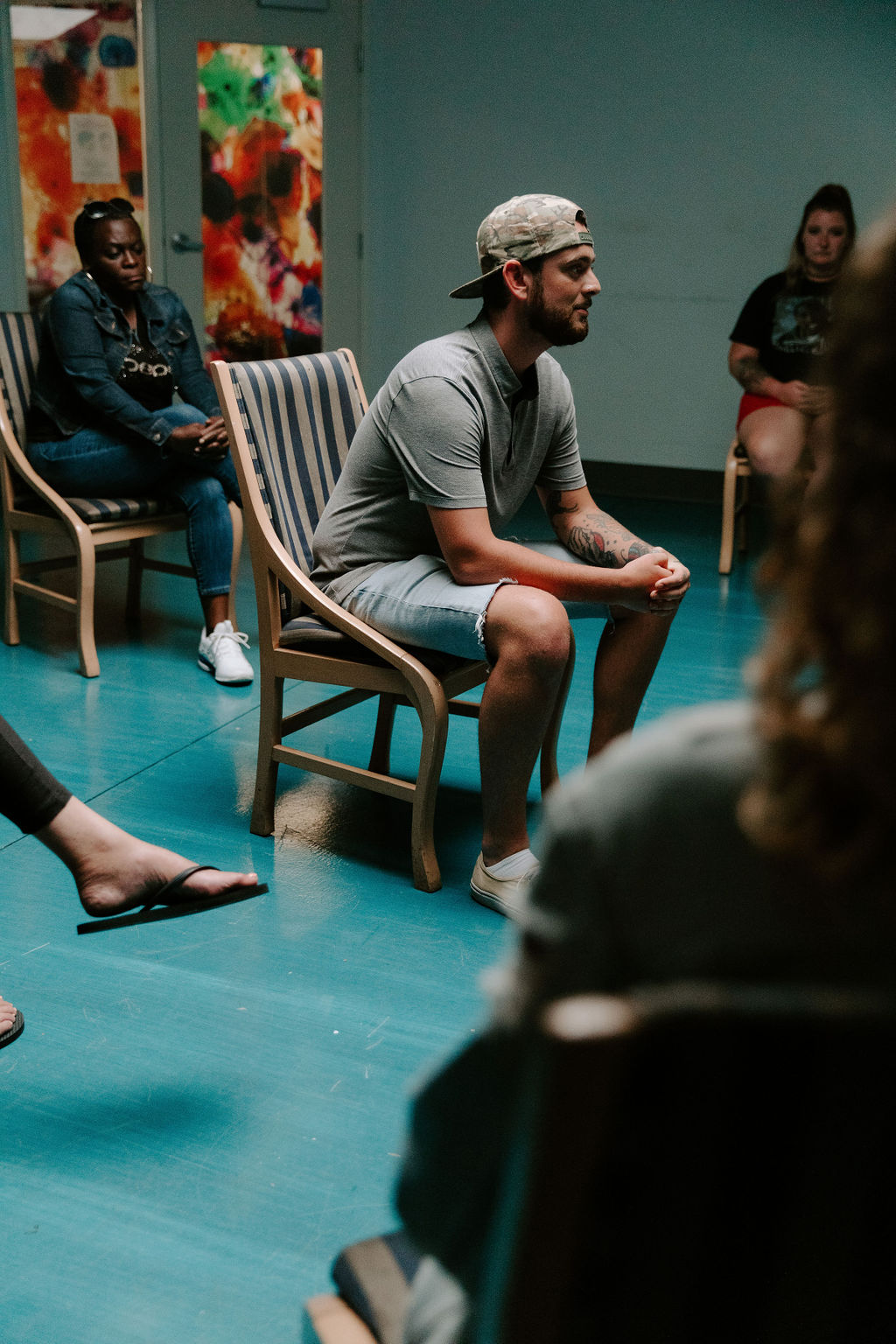Staging an Intervention
Interventions are performed when a person who is addicted to drugs or alcohol is unable to admit that he or she has a problem. Family members and friends can often do non-professional interventions, but if there is a serious problem with drugs and alcohol, more than just love and support is needed. Hope by the Sea offers highly successful interventions performed by a trained California interventionist. In recent years, interventions have become more and more popular because, when followed by a drug or alcohol treatment program, they are very successful in supporting long-term sobriety.
First Step of the Intervention Process
The intervention process begins with a phone call or email from a loved one of a substance abuser to a consultant and professional interventionist at Hope by the Sea. The consultant will ask a series of questions and discuss the best way to approach the struggling individual. There are times at which addicts and alcoholics are not able to stop using or think they do not want to stop, but when presented with family and friends who have real concerns, they are able to see clearly and want to get help.
One of our California professional interventionists contacts the family or friends who are to be involved in the intervention and finds out more information about the exact situation. Drugs and alcohol have the ability to tear families apart and ruin friendships, so staging an intervention is one solution for people who are unable to stand by and watch a loved one’s self-destructive behavior.


Staging an Intervention: Determine the Time and Place
Before the actual intervention, the people who are going to be involved in the session meet to discuss how the intervention will work. Together, a time and safe place are chosen; at times, these are a surprise to the person needing help. The professional interventionist mediates the interaction, but family and loved ones usually facilitate the conversation and let the addict or alcoholic know how they feel.
Although the individual might feel angry, betrayed, or a number of other uncomfortable feelings, it is much better to stop the suffering before it gets any worse. Successful professional interventions are followed up by a treatment program agreed upon by the individual.
Next Steps After the Intervention
Chemical dependency treatment can transform a person’s life and self-perception—but it must begin with a desire to change. Even when an intervention successfully convinces an individual of the need to overcome his or her addiction, this is the first of several steps. Addiction cannot be overcome through intervention alone.
After recognizing the need for change, the individual suffering from addiction must confront physical and emotional obstacles that have prevented change in the past. Our effective alcohol and drug rehabilitation program can guide the individual to the change he or she seeks with help from professional counselors who understand the patterns, roots, and effects of addiction, along with the emotions and need for faith and strength patients feel. At the onset of any program, the physical challenges of detox require serious medical and psychological support. After the body is cleansed of addictive substances, individuals begin to practice handling life, questions, and challenges without the crutch of drugs or alcohol—all within a supportive community.
Many patients who complete our drug and alcohol rehab successfully trace their recovery back to a single intervention. If you would like to learn more about the intervention process, staging an intervention or to meet one of our California professional interventionists, contact our center today.


Family Owned and Operated

